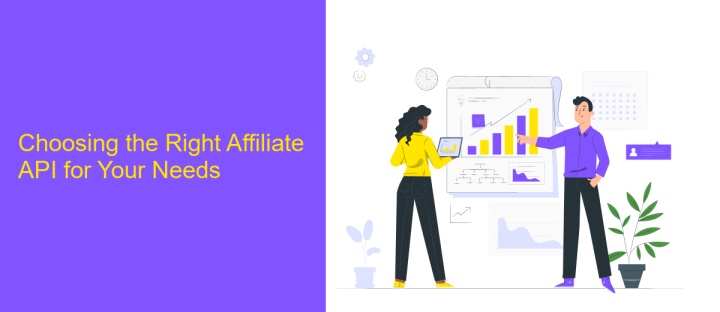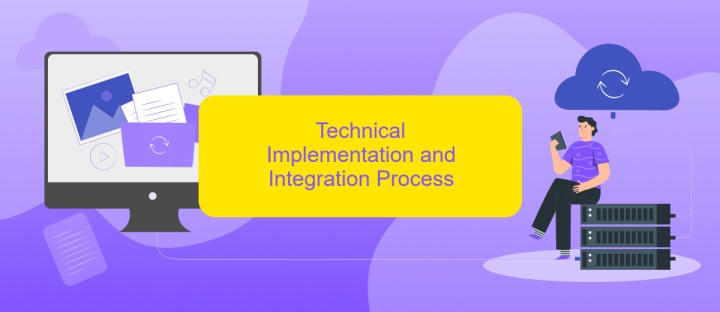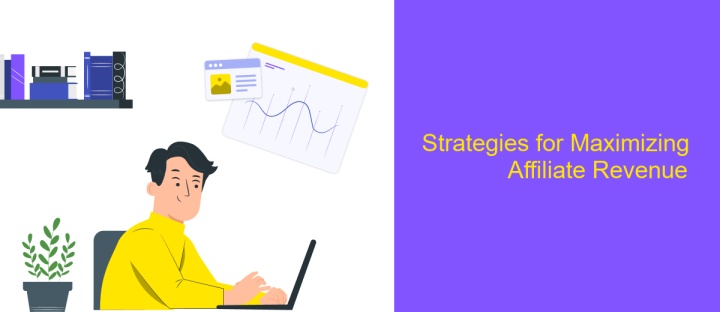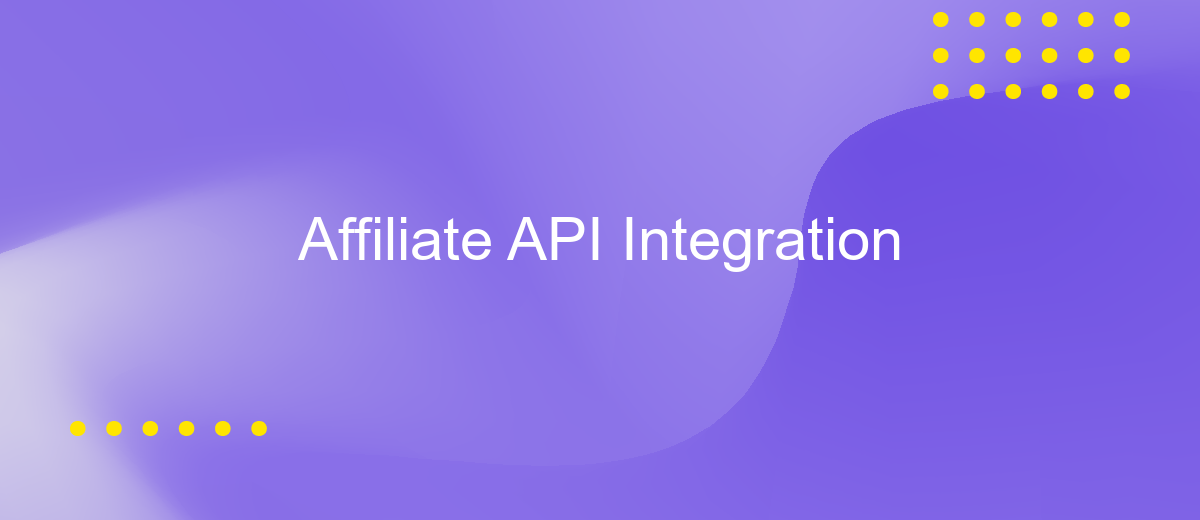Affiliate API Integration
In today's digital landscape, businesses are increasingly turning to affiliate marketing as a powerful tool for driving sales and expanding their reach. Central to this strategy is the integration of Affiliate APIs, which streamline the process of managing partnerships and tracking performance. This article explores the essentials of Affiliate API integration, highlighting its benefits, implementation steps, and how it can enhance your marketing efforts effectively.
Introduction to Affiliate APIs and Their Benefits
Affiliate APIs have revolutionized the way businesses and marketers collaborate, offering seamless integration and enhanced functionality. These application programming interfaces enable developers to connect with affiliate networks, streamlining processes such as tracking, reporting, and data management. By leveraging Affiliate APIs, businesses can automate tasks, reduce manual errors, and enhance their marketing strategies.
- Automated tracking and reporting: Affiliate APIs allow for real-time data exchange, ensuring accurate and up-to-date performance metrics.
- Enhanced scalability: Businesses can easily integrate with multiple affiliate networks, expanding their reach and audience.
- Improved efficiency: Automating routine tasks frees up time for strategic planning and creative marketing efforts.
- Data-driven insights: Access to comprehensive data helps in making informed decisions and optimizing campaigns.
Incorporating Affiliate APIs into your business model not only boosts operational efficiency but also provides a competitive edge. As the digital landscape continues to evolve, these APIs offer a robust solution for businesses looking to enhance their affiliate marketing efforts. By embracing this technology, companies can foster stronger partnerships, drive growth, and ultimately increase revenue.
Choosing the Right Affiliate API for Your Needs

When selecting an affiliate API, it's crucial to evaluate your specific business needs and objectives. Begin by assessing the features offered by different APIs, such as data access, reporting capabilities, and ease of integration. Consider the types of affiliates you wish to partner with and ensure the API supports these networks. Additionally, review the documentation and support provided to ensure a smooth implementation process. A well-documented API will save time and reduce potential technical hurdles.
Another important factor is the compatibility of the API with your existing systems. It's beneficial to choose an API that can easily integrate with your current software stack. Services like ApiX-Drive can facilitate seamless integration by providing a user-friendly platform to connect various applications without complex coding. This can significantly streamline the integration process, allowing you to focus more on optimizing your affiliate marketing strategies. Ultimately, selecting the right affiliate API involves balancing functionality, compatibility, and ease of use to best support your business goals.
Technical Implementation and Integration Process

The technical implementation of an Affiliate API involves several critical steps to ensure seamless integration and optimal performance. This process begins with a thorough understanding of the API documentation, which provides essential information about the available endpoints, authentication methods, and data structures. Familiarity with these elements is crucial for successful integration.
- Obtain API credentials: Register with the affiliate program to receive necessary API keys and tokens.
- Set up a development environment: Configure your server or local environment to handle API requests and responses.
- Integrate API endpoints: Use the API documentation to implement the required endpoints in your application, ensuring proper handling of requests and responses.
- Test the integration: Conduct thorough testing to verify that the API functions correctly within your application, checking for data accuracy and performance.
- Deploy and monitor: Once testing is complete, deploy the integration to a production environment and continuously monitor for any issues or updates.
Successful integration of an Affiliate API requires attention to detail and a methodical approach. By following these steps, developers can ensure a robust connection that enhances the affiliate program's capabilities and maximizes the potential for revenue generation.
Strategies for Maximizing Affiliate Revenue

To maximize affiliate revenue through API integration, it’s crucial to implement strategic approaches that enhance both visibility and conversion rates. Begin by selecting the right affiliate programs that align with your audience's interests and needs. This ensures that the products or services you promote are relevant and appealing, which can significantly boost engagement and sales.
Next, focus on optimizing your website’s performance and user experience. A seamless and intuitive interface can lead to higher conversion rates as users find it easier to navigate and make purchases. Additionally, ensure that your content is compelling and informative, providing value to your audience while subtly guiding them towards affiliate links.
- Utilize data analytics to track performance and refine strategies.
- Incorporate dynamic content to keep the audience engaged.
- Leverage social media platforms to widen your reach.
- Optimize for mobile to capture a broader audience segment.
Finally, continuously test and adapt your strategies based on performance metrics. By analyzing data such as click-through rates and conversion rates, you can identify what works best and make informed decisions to adjust your approach. This ongoing optimization is key to sustaining and growing your affiliate revenue over time.
- Automate the work of an online store or landing
- Empower through integration
- Don't spend money on programmers and integrators
- Save time by automating routine tasks
Best Practices and Common Pitfalls to Avoid
When integrating Affiliate APIs, it is crucial to ensure that you thoroughly understand the documentation provided by the API provider. This helps in setting up the integration correctly and efficiently. Leveraging services like ApiX-Drive can streamline the process by automating data transfers and reducing manual errors. It's also essential to test the integration in a staging environment before going live to identify any potential issues early on. Regular monitoring and maintenance of the API connection can prevent unexpected downtimes and data discrepancies.
Common pitfalls include neglecting to handle errors and exceptions properly, which can lead to data loss or corruption. It's also easy to overlook rate limits set by the API provider, which can result in service disruptions. Ensure that your integration is scalable and can handle increased loads as your affiliate network grows. Finally, keep security in mind by using secure authentication methods and regularly updating your integration to comply with the latest security standards.
FAQ
What is Affiliate API Integration?
How do I start integrating an Affiliate API?
What are the common challenges in Affiliate API Integration?
How can I simplify the process of Affiliate API Integration?
How do I ensure data security when integrating an Affiliate API?
Strive to take your business to the next level, achieve your goals faster and more efficiently? Apix-Drive is your reliable assistant for these tasks. An online service and application connector will help you automate key business processes and get rid of the routine. You and your employees will free up time for important core tasks. Try Apix-Drive features for free to see the effectiveness of the online connector for yourself.


